The current Belarusian village
 Bashny.Net
Bashny.Net
This is not a dying traditional Russian village with two and a half inhabitants and winds penetrating half-decayed house. Houses and plots are not just well-groomed, and with pretensions to creativity. What is the mystery here, and why we are seeing such a stark contrast to the Great-depressive settlements? In this post, I take a look at the life of the Belarusian remote places on the example of the village Riverlands Grodno region.

1. The village is first mentioned in 1660 as part of the royal economy of Grodno. In the late 18th century it was part of the Russian Empire. Today Porechye even more likely not a village but a small district center, 30 kilometers from Grodno and 14 kilometers from the Lithuanian Druskininkai.
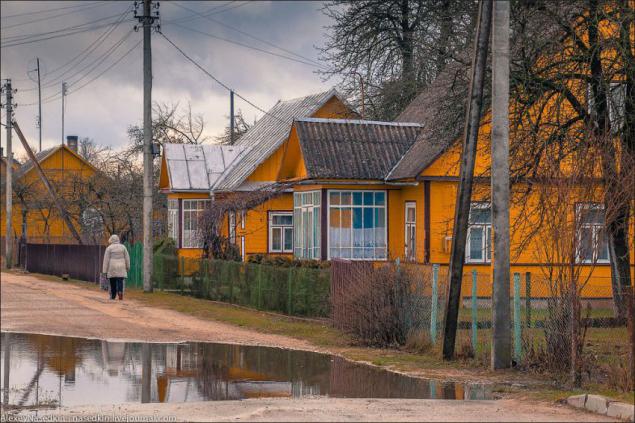
2. Houses of wood and though very respectable age, but in a very good condition. Note paved road in the village! In Russia, in all the cities you see this.
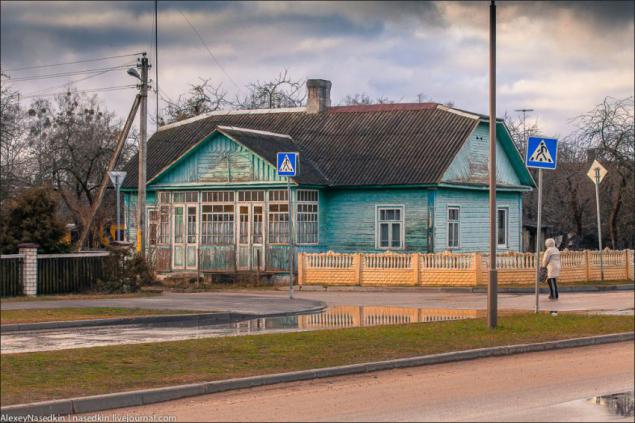
3. Business Card Belarusian village - a very specific and recognizable fences, raskarashennye often in bright colors.

4.

5. The main attraction - a big surprise, and even pompous vAkzal. Incidentally, the railway section Porechye-Grodno - Belarus Droga first iron and the second railway of the Russian Empire, which connected St. Petersburg and Warsaw. By peronachalnomu road plan it was to go through Grodno, so the project is consistent with the station large settlements. In an ordinary village and now it looks like something unexpected, and even 150 years ago, and even more so! And all because the Polish officials who participated in the preparation of the next uprising against the Russian government, illegally held the road through the village. The opened after a misunderstanding one of St. Petersburg authorities are not excited and since then Grodno railway station is in Porec, and porechensky in Grodno.
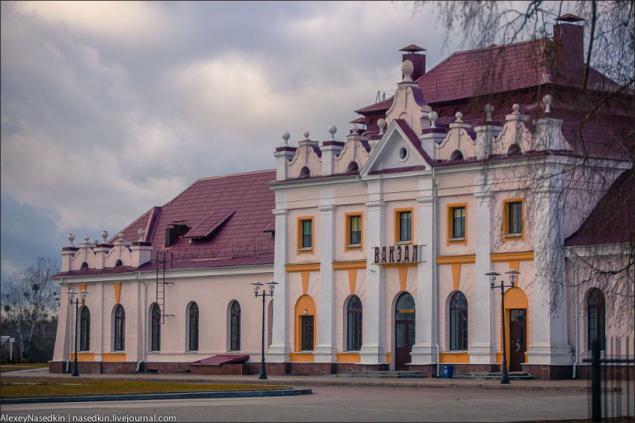
6.
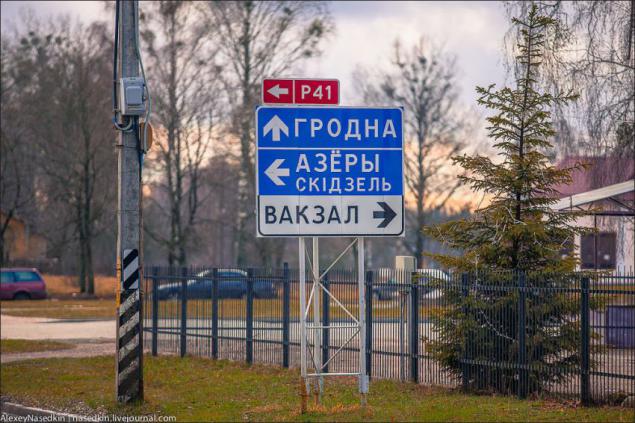
7. Railway station life. No homeless people, dirt, strolling the cops, it's pretty clean and quiet.

8. Many of the houses are very colorful. Looks like a positive level of life here is all right.

9.

10.
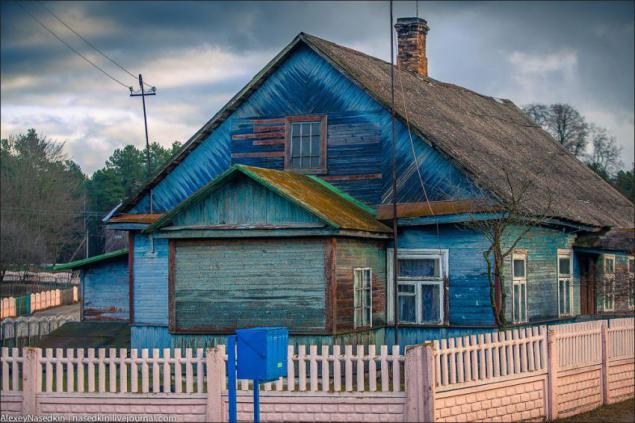
11. In 1901, the village built a wooden church of Our Lady of Kazan to the parochial school with her. The Orthodox community in Porec quite numerous, although a little less Catholic. Perennial strengthened Polish influence in the nation strange idea that Orthodoxy - the faith of the poor and disenfranchised, and if a Catholic, then a Pole!
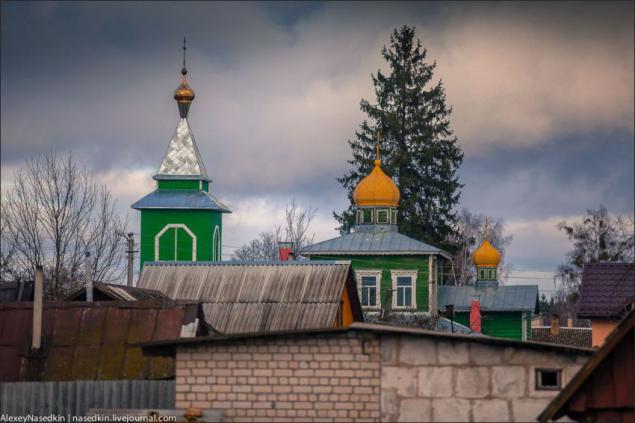
12. The German commandant, built in local style in 1942-43. Mighty House and now serves as the housing for several families.
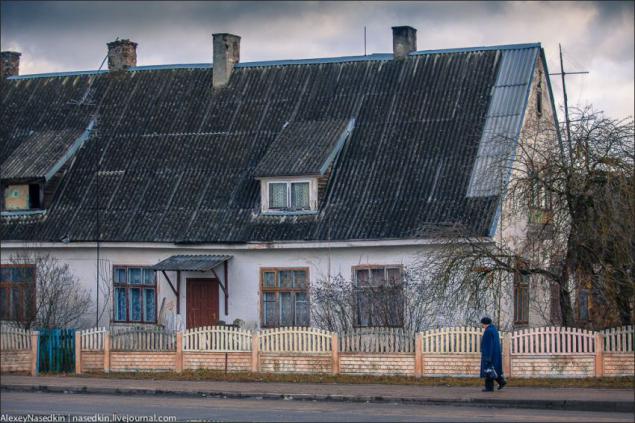
13.
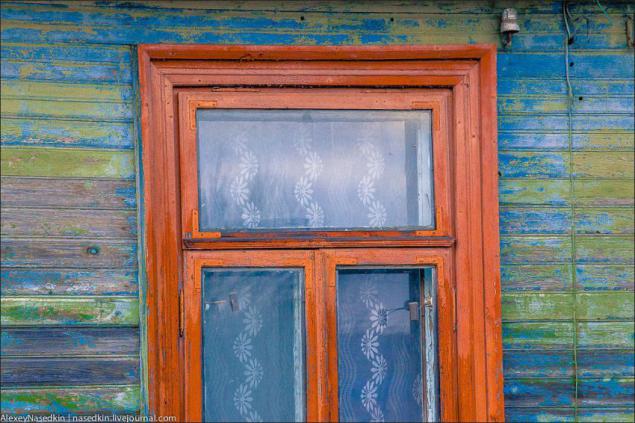
14. Mailbox.
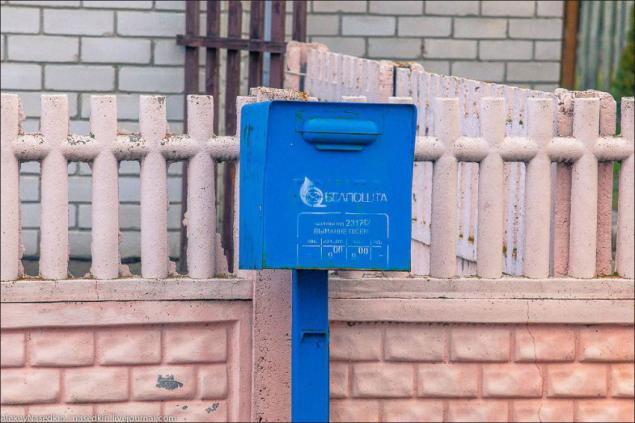
15. The local replica.
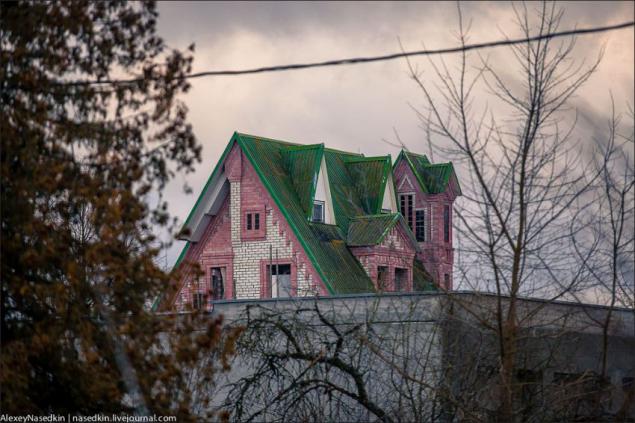
16. At first I thought it nests. But no. This peculiarity of the structure tree. What does this mean?

17.

18. The so-called "Jewish home» XIX century that belonged to one of three brothers Shelnovichey. One of them belonged to the sawmill, the other was a rabbi, and a third - the owner of several stores and savings banks. This house on the 1st floor once housed the store, and at the 2nd restaurant. Now it is a regular house.
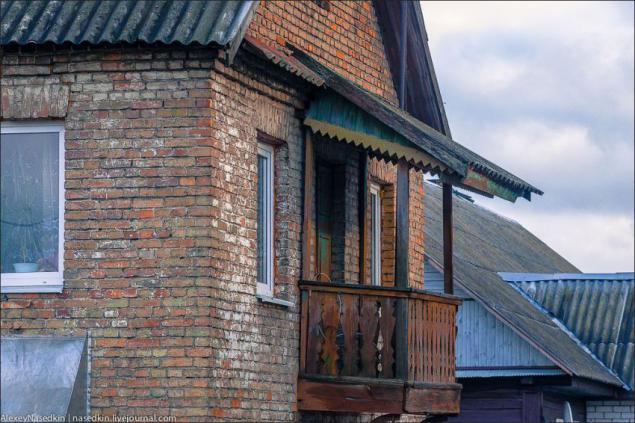
19. About the Church of the Virgin Mary
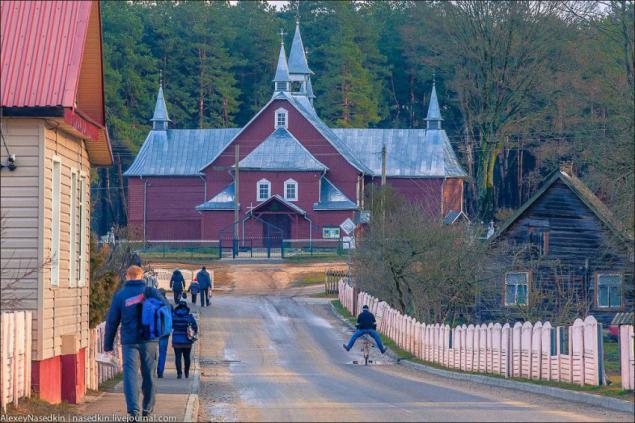
20. Porechye nestled on the shores of Lake Dairy. During the war, almost all the Jewish population of the village, here introduced by the Poles for the stimulation of economic growth, was collected on the shores of this beautiful lake and shot.
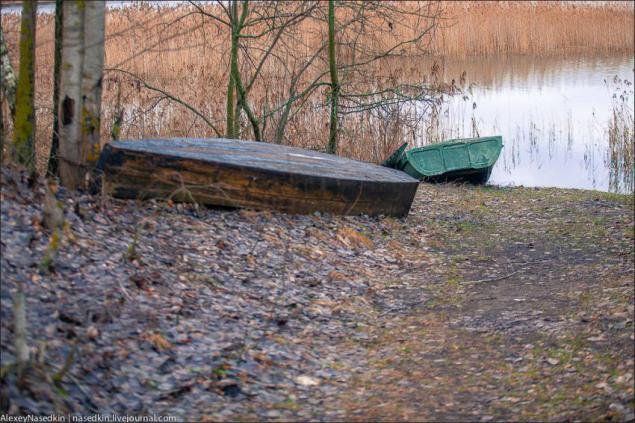
21.
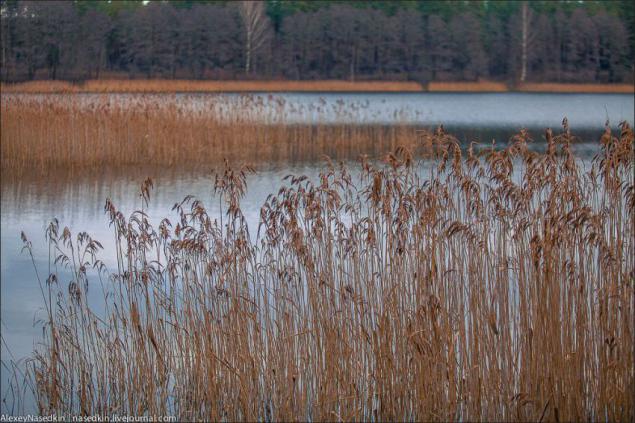
22.
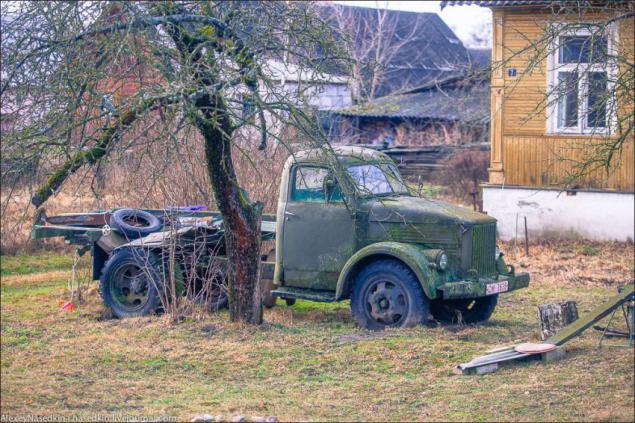
23. Residents. How are they properly called? Porechane?
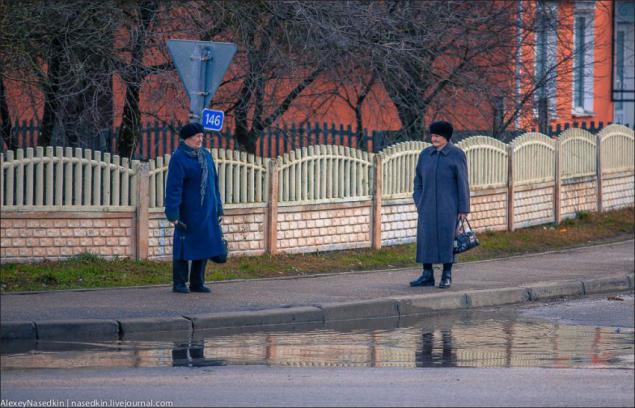
24.
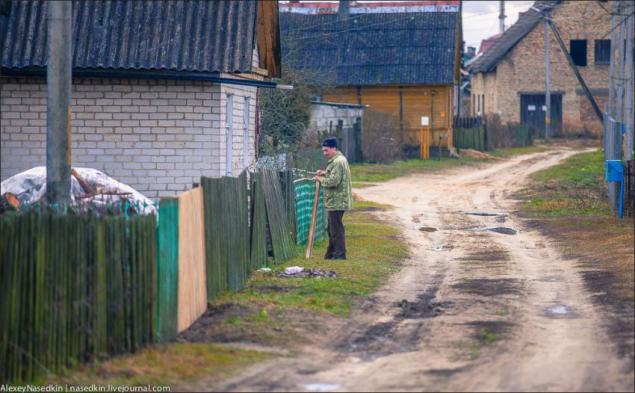
25. In the morning the people lightly kneaded beer.

26.
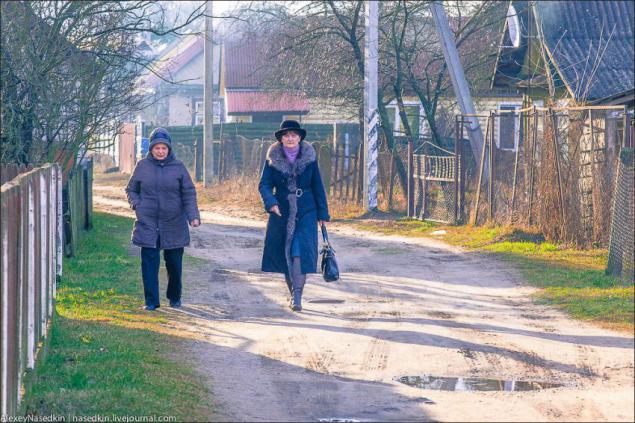
27.

28.
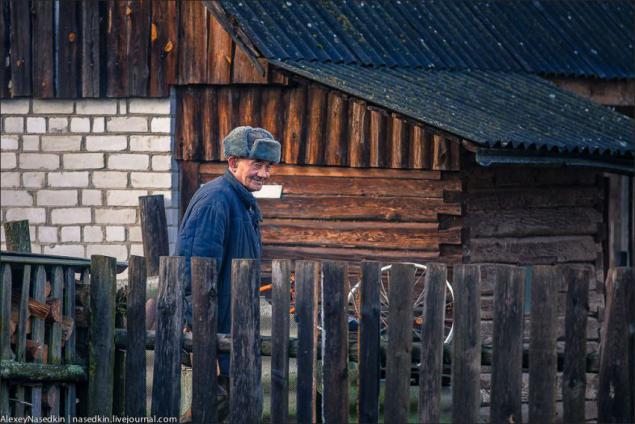
29.
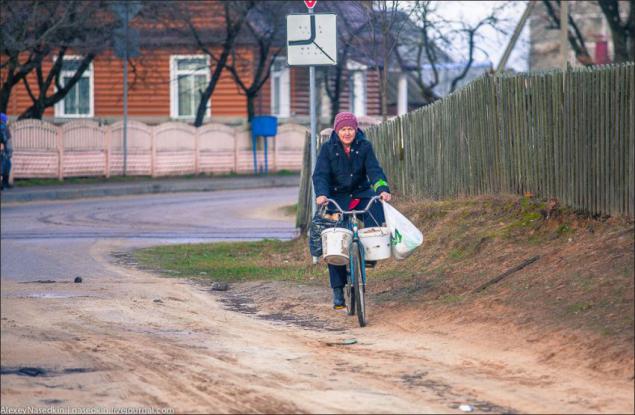
30.
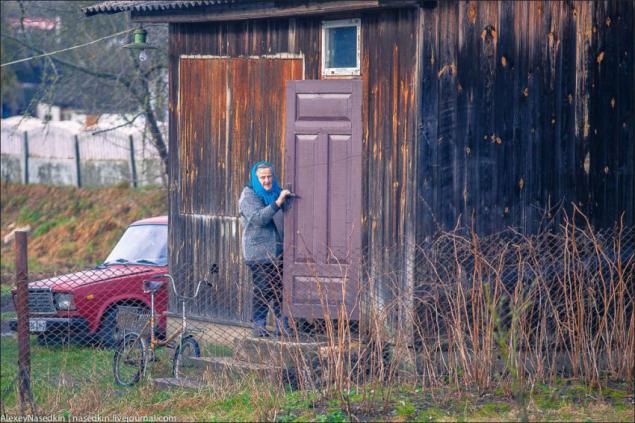
31. fauna.
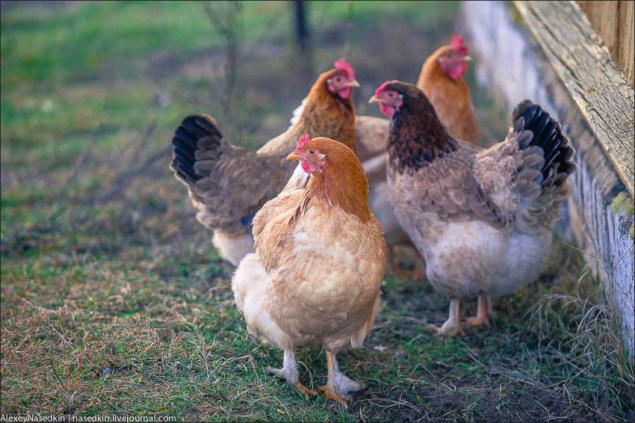
32.
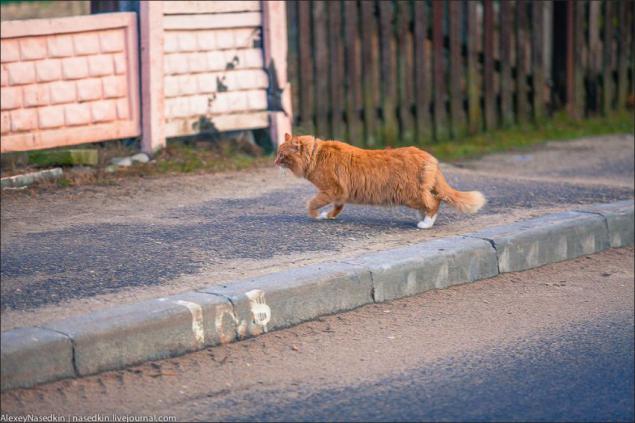
33. Of course, there are in the village and the school. And quite large, as much as three-storied. So, there is someone to learn from.
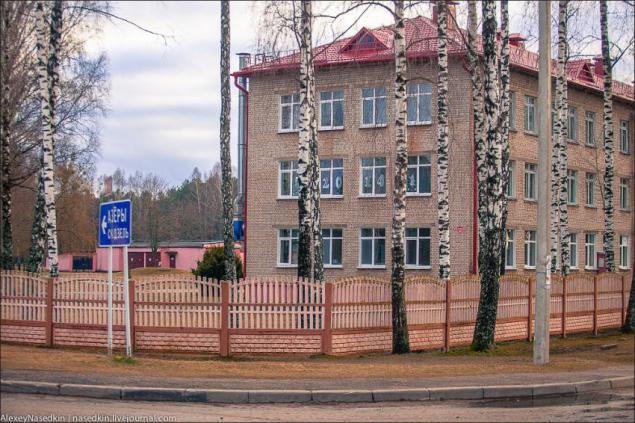
34. There is even a music school and a kindergarten.
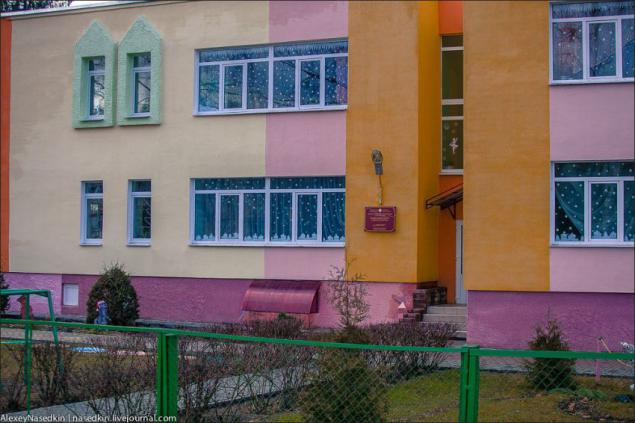
35.
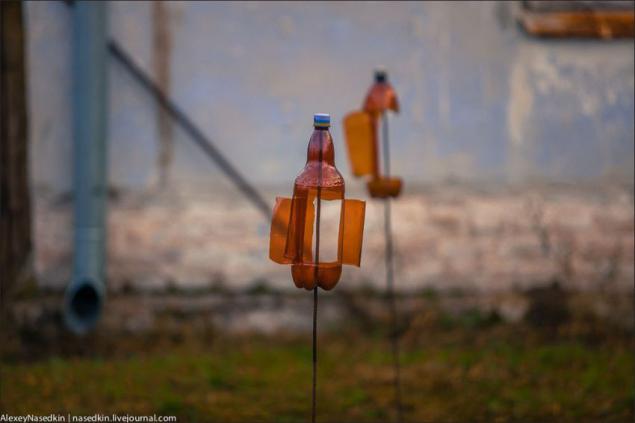
Like this. And it even if cloudy and wet in the winter here is very picturesque and comfortable, imagine what is in Porec in the summer! In this sense, the Belarusians, of course, well done.
--img37--
Source: ru-travel.livejournal.com

1. The village is first mentioned in 1660 as part of the royal economy of Grodno. In the late 18th century it was part of the Russian Empire. Today Porechye even more likely not a village but a small district center, 30 kilometers from Grodno and 14 kilometers from the Lithuanian Druskininkai.

2. Houses of wood and though very respectable age, but in a very good condition. Note paved road in the village! In Russia, in all the cities you see this.

3. Business Card Belarusian village - a very specific and recognizable fences, raskarashennye often in bright colors.

4.

5. The main attraction - a big surprise, and even pompous vAkzal. Incidentally, the railway section Porechye-Grodno - Belarus Droga first iron and the second railway of the Russian Empire, which connected St. Petersburg and Warsaw. By peronachalnomu road plan it was to go through Grodno, so the project is consistent with the station large settlements. In an ordinary village and now it looks like something unexpected, and even 150 years ago, and even more so! And all because the Polish officials who participated in the preparation of the next uprising against the Russian government, illegally held the road through the village. The opened after a misunderstanding one of St. Petersburg authorities are not excited and since then Grodno railway station is in Porec, and porechensky in Grodno.

6.

7. Railway station life. No homeless people, dirt, strolling the cops, it's pretty clean and quiet.

8. Many of the houses are very colorful. Looks like a positive level of life here is all right.

9.

10.

11. In 1901, the village built a wooden church of Our Lady of Kazan to the parochial school with her. The Orthodox community in Porec quite numerous, although a little less Catholic. Perennial strengthened Polish influence in the nation strange idea that Orthodoxy - the faith of the poor and disenfranchised, and if a Catholic, then a Pole!

12. The German commandant, built in local style in 1942-43. Mighty House and now serves as the housing for several families.

13.

14. Mailbox.

15. The local replica.

16. At first I thought it nests. But no. This peculiarity of the structure tree. What does this mean?

17.

18. The so-called "Jewish home» XIX century that belonged to one of three brothers Shelnovichey. One of them belonged to the sawmill, the other was a rabbi, and a third - the owner of several stores and savings banks. This house on the 1st floor once housed the store, and at the 2nd restaurant. Now it is a regular house.

19. About the Church of the Virgin Mary

20. Porechye nestled on the shores of Lake Dairy. During the war, almost all the Jewish population of the village, here introduced by the Poles for the stimulation of economic growth, was collected on the shores of this beautiful lake and shot.

21.

22.

23. Residents. How are they properly called? Porechane?

24.

25. In the morning the people lightly kneaded beer.

26.

27.

28.

29.

30.

31. fauna.

32.

33. Of course, there are in the village and the school. And quite large, as much as three-storied. So, there is someone to learn from.

34. There is even a music school and a kindergarten.

35.

Like this. And it even if cloudy and wet in the winter here is very picturesque and comfortable, imagine what is in Porec in the summer! In this sense, the Belarusians, of course, well done.
--img37--
Source: ru-travel.livejournal.com
Tags
See also
Belarusian businessman, bought and restored an abandoned village
Day in the village
May 9 "Russian Khatyn"
How to make millions of cucumbers? (6 photos)
123 facts about Belarus through the eyes of Russians
Interesting facts about Belarus
Beauty Wooden abandoned village
Belarusian village and its past inhabitants
Nostalgic foods
Doyle abandoned village

















